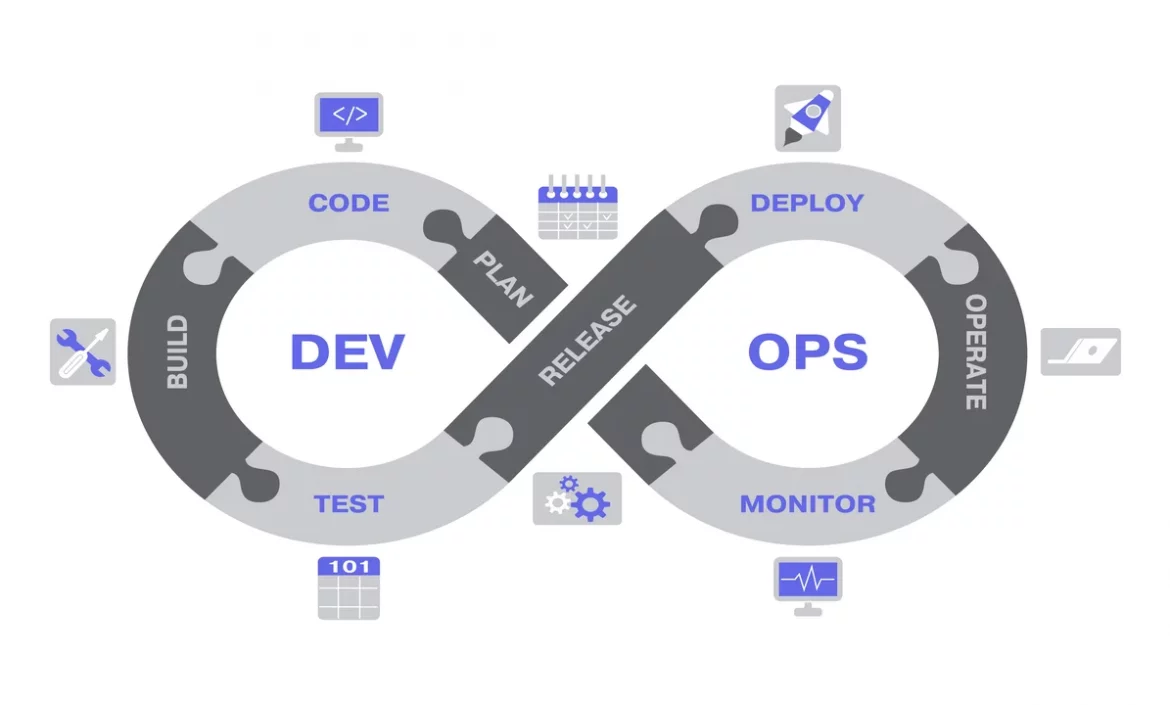How can the Internet of Things Transform your Buisness?
The Internet of Things (IoT) is a promising technology in the twenty-first century. All kinds of operations became more efficient with the ability to link daily things like kitchenware, vehicles, heaters, baby monitors, etc., to the internet.
In fact, physical items can exchange and gather data with little human interaction, thanks to computers, the Cloud, BigData, data analysis, and wireless technology. Moreover, IoT can capture, analyze, and modify every interaction between linked devices within a hyper-connected environment.
In short, the Internet of Things is where the physical and digital worlds collide and function together. This article will dive deep into this new technology and bring more examples concerning the use and benefits of IoT.
Internet of Things (IoT) History
The early appearance of Internat of Things was in the 1980s when a group of tech students thought of modifying a Coca-Cola vending machine. The aim was to make the machine manageable remotely. However, the technology was limited, and advancement was slow.
Later on, this tech dear was resumed in 1999 by the computer scientist Kevin Ashton. As he worked at Procter & Gamble, he came up with a brilliant idea to engage supply chain management. Ashton suggested implementing radio-frequency identification (RFID) chips to keep accurate product tracking.
The internet of Things (IoT) gained increased importance over the next decade as more devices are connected worldwide. For example
- 2000 marked the first smart refrigerator by LG.
- In 2007 Appel launched their very first iPhone.
- A year later, in 2008, connectivity took off, and the number of connected devices even exceeded the number of people on the earth.
- Connectivity surpassed smartphones and computers to cover driverless cars and Google’s Nest smart thermostat.
Thanks to enhanced technology, IoT touched every aspect of our life as many machines and “Things” are becoming tech-oriented.
Technology Framework
As mentioned, the idea of IoT has been the dream of tech specialists since an early age. However, only today’s development could enable the existence of IoT as we know it. So, you may wonder what the needed technology to bring IoT into reality was.
- Affordable sensor technology: We live in the tech era where IT items are more accessible than before. Therefore, IoT became possible thanks to the available low-cost sensors needed to make things gain certain awareness.
- Higher Connectivity: The speed and continuity of the network have become stronger over time. This was indeed among the main support items for IoT. In addition, it made it easier to link devices and transfer data.
- Clou-based platforms: The growing demand for cloud platforms allows users to access the needed infrastructure and upgrade it with fewer implications.
- Analytics and ML: thanks to developments in deep learning and analytics, Businesses can obtain insights more efficiently and conveniently. The growth of these key innovations tries to expand the horizons in the field of IoT.
- Ai-based technology: the progress we have made in natural language processing (NLP) brought AI to IoT, making them attractive, inexpensive, and feasible for all kinds of usage.
Daily Use of IoT
Since the use of the internet is becoming a key element in everyone’s life, we can categorize IoT usage as follow:
- Consumer-oriented IoT
- Venture-oriented IoT
- Public spaces IoT
Whether for businesses or your private daily use, IoT is becoming indispensable in our lives. For example, companies and organizations of all sizes and types resort to IoT to maximize their distribution networks, manage stock levels, and optimize the client experience.
For a handful of years, cities have been utilizing IoT to facilitate it all, from water meter readings to traffic flow. The Internet of Things also played a crucial role in medical care via real-time remote monitoring, surgical robots, and wearable inhalers.
I believe that the best example was just a couple of years with the Covid 19 outbreak. It did not only help in creating an agile system to connect hospitals with the needed data to contain the outbreak and helped businesses maintain their supply chain during the total lockdown that happened across the world.
Industrial IoT (IIoT)
Industrial IoT (IIoT) is the deployment of Internet of Things (IoT) technology in industrial workplaces, particularly in the control engineering of sensor devices that are using cloud-based services. However, with cloud computing and related platforms, companies may accomplish a new level of automation.
IIoT is the fourth wave of the industrial revolution. Here are some Industry 4.0. applications:
- Intelligent manufacturing
- Asset connectivity, as well as preventative and proactive maintenance.
- Connected logistics
- And many more.
Industries that can benefit from IoT
Companies that might profit from deploying intelligent sensors in their core business are most suited for IoT. This includes:
Retail companies can use IoT systems to streamline the supply chain, improve service quality, optimize distribution networks, and improve operational efficiency.
A wide range of IoT systems assists transportation and logistics operations. For example, thanks to IoT sensor data, fleets of vehicles, trucks, ships, and trains carrying merchandise may be redirected according to current situations.
The healthcare business benefits from IoT asset monitoring in several ways. For example, the medical staff frequently requires the location of patient-assistance assets, and IoT can provide precise information to facilitate the process.
IoT can help you unleash business value:
Companies are seizing on the immense commercial value that IoT can bring once it becomes prevalent in the market. Among these advantages is Obtaining data-driven observations from IoT to assist in business management. Moreover, companies would improve their productivity, create a link between digital business worlds, and accelerate time to value.
IoT may be developed to increase safety regulations and track complex property. For instance, operators in dangerous environments, such as mining areas, petroleum & gas sites, and chemical & energy stations, need to be aware of the onset of a potentially dangerous incident. Once they are linked to IoT sensor-based apps, individuals may be warned of hazards and saved as soon as feasible.
Final Thoughts and recommendations
As the cost of sensors and communication systems keeps falling, IoT is more accessible. However, most firms experimenting with IoT are still discovering their own way. The key to effective deployment is to align your business’s strategy with your Digital strategy.
With the right consultancy and support provider, you can unlock your true capacity and create a comparable infrastructure to boost your performance.













